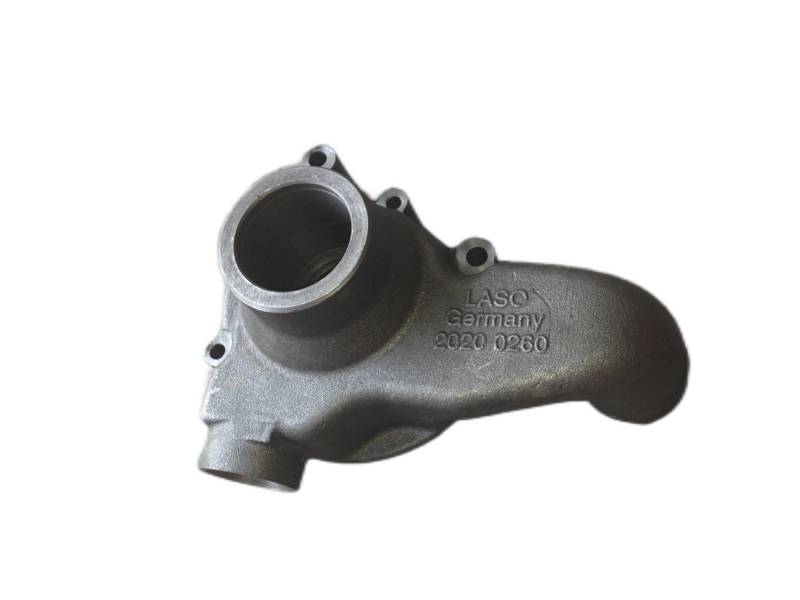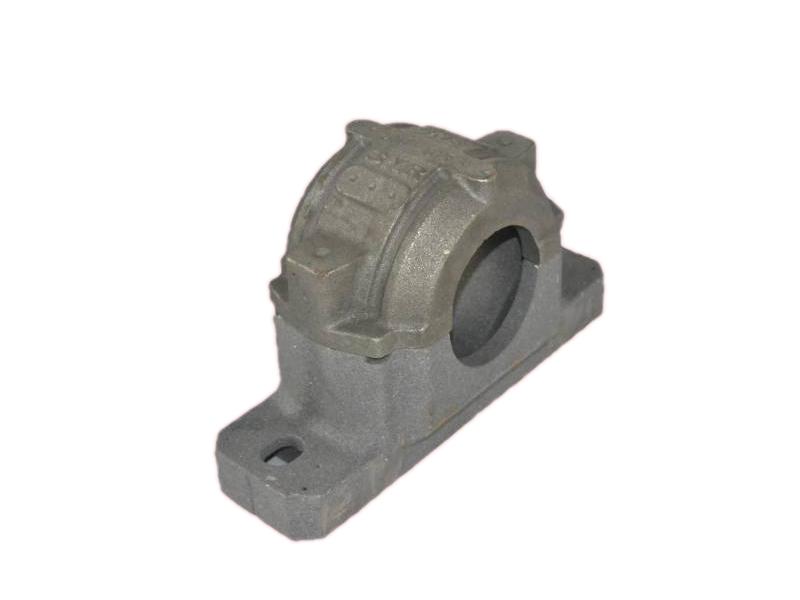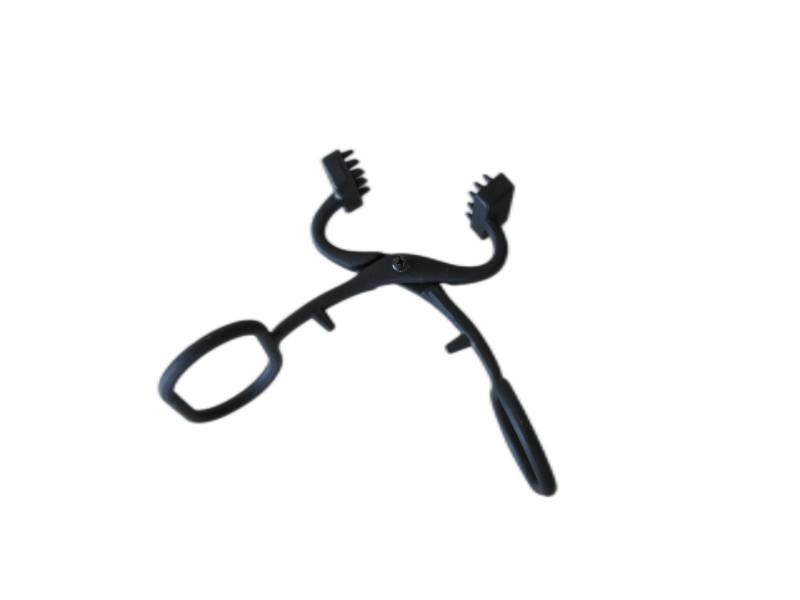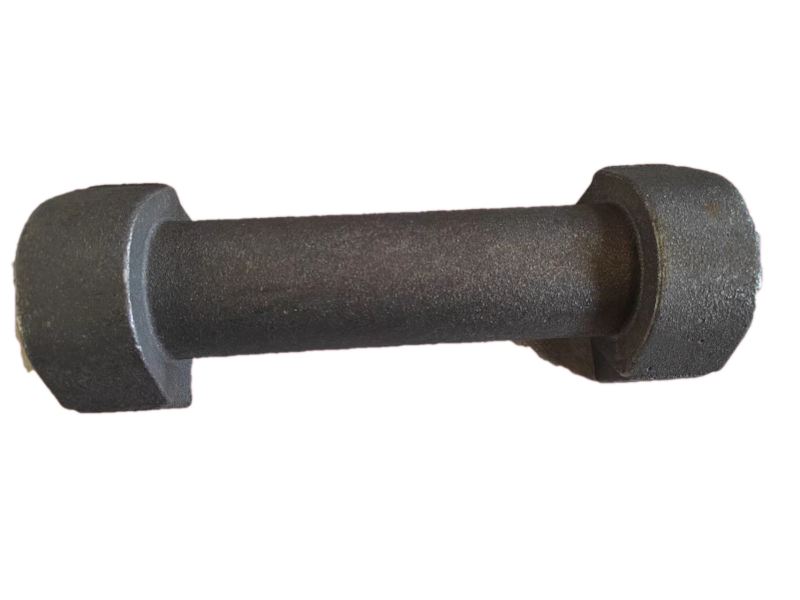|
Shell Moulding
Shell moulding, also known as shell-mould casting, is an expendable mould casting process that uses resin covered sand to form the mould. As compared to sand casting, this process has better dimensional accuracy, a higher productivity rate, and lower labour requirements. It is used for small to medium parts that require high precision. Shell mould casting is a metal casting process similar to sand casting, in that molten metal is poured into an expendable mould. However, in shell mould casting, the mould is a thin-walled shell created from applying a sand-resin mixture around a pattern. The pattern, a metal piece in the shape of the desired part, is reused to form multiple shell moulds. A reusable pattern allows for higher production rates, while the disposable moulds enable complex geometries to be cast. Shell mould casting requires the use of a metal pattern, oven, sand-resin mixture, dump box, and molten metal.
|
|
|
What Material We Cast
Grey Iron: HT150, HT200, HT250; EN-GJL-100, EN-GJL-150, EN-GJL-200, EN-GJL-250, EN-GJL-300; GG15, GG20, GG25, GG30
Ductile Cast Iron:GGG40, GGG45, GGG50, GGG60, GGG70, GGG80; EN-GJS-400-10, EN-GJS-40-15, EN-GJS-40-18, EN-GJS-500-7, EN-GJS-600-3, EN-GJS-700-2, EN-GJS-800-2; QT400-18, QT450-10, QT500-7, QT600-3, QT700-2, QT800-2
|
|
|
How We Inspect The Vacuum Casting
Our ARL360 Spectrometer checks 20 chemical elements and metallurgical microscope products high-resolution images 1,000 times magnified, Hengchang has a full range of inspection capabilities in house, which include:
1) Spectrographic and manual quantitative analysis
2) Metallographic analysis
3) Brinell, Rockwell hardness inspection
4) Mechanical property analysis
5)visual test
|
|
|
Shell Mold Casting Process
1) Making metal patterns
Usually the pattern is typically composed of two pieces of different metals, namely iron or steel in the shape as desired for the finished part or component.
2) Making the shell mold
The pattern will be heated to requirement degrees and covered in sand.The resin-coated sand grains will bind together and begin to solidify. After about 10 minutes, there are enough sand bonding against the core box walls. And pour out the rest sand, leaving a hollow core.
3)Assembly the shell molds
The two shell halves will be joined together by using glue or other fasteners and securely clamped. Then, the shell mold will be placed into a plate.
4)Pouring molten metal
Pouring the molten metal into the shell mold's cavity and forming a hardened shell.
5)Removing shell molds
After the molten metal has chilled, the outer mold can be broken up and the casting taken out.
|
|
|
Advantages Of Shell Mold Casting
1) It can be completely automated which lowers labour costs and facilitates mass production.
2)As no moisture is present in the shell, very few gases are produced and those that are escape through the thin shell walls easily as the sand is permeable
3)The surface quality of shell mold casting is good, compact and not loose.Typical tolerances can reach CT7-CT8, and the surface roughness can reach 0.3-4.0 micrometers
4)Good collapsibility, which is conducive to casting cleaning and improving product performance.
5)Tooling cost are low and short leat times are possible
|
|












 IPv6 network supported
IPv6 network supported